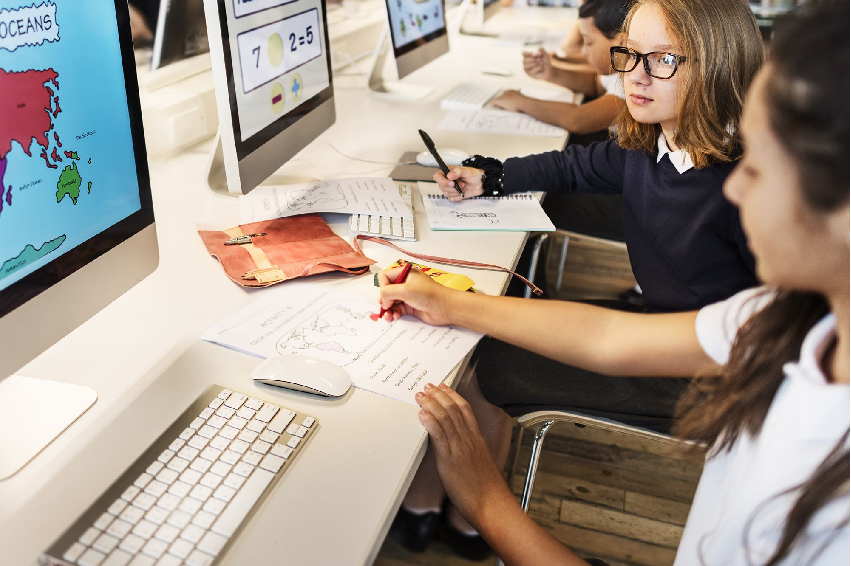Teachers can take advantage of these platforms to enhance their virtual classes, in addition to strengthening ties with other teachers, mothers, and fathers in this time of social distancing.
In these times of social isolation, virtual classes have become the common denominator in terms of education. Students of all educational levels have been interacting with their teachers, classmates, and classmates through electronic devices, such as computers, laptops, tablets, or smartphones; something perhaps not far removed from their social interactions in general, due to the technological age that we live in. However, in the case of teachers, this situation is not so simple.
Today’s youth, from an early age, develop in two worlds: the real and the virtual. The same does not happen with teachers, who must adapt to technological changes that are constantly appearing and updating themselves. This continuous training is currently much more necessary in order not to lose the attention of the students since they do not share the physical space with the teacher. Added to that, students have many ways to be distracted every time just one click away.
Faced with this challenging panorama, an alternative that is gaining popularity among the teaching community is the use of social networks to promote distance learning. In this regard, Fundación Oportunidad, an institution created in Chile to improve educational quality, highlights the benefits of using virtual platforms in virtual teaching-learning.
Familiarity and accessibility
An initial advantage is that girls, boys, and adolescents already know social networks such as Facebook, Instagram, or Tik Tok and it is not necessary to teach them to use them. As good “digital natives”, they have grown up surrounded by technology, but in addition to this, the interfaces of these platforms are quite friendly and intuitive, so it is usually not difficult for students to learn new functions in them.
Another point in favor of this alternative is that social networks can be accessed from any electronic device such as those already mentioned, as they are designed to adapt to different devices without misconfiguring or losing the quality of the content. This allows each family to access educational resources according to their possibilities, preferences, and needs.
Contents and connections
One of the first things we learn when using social networks is that the length of the content (texts, posts, etc.) should be short because the average user has so many different options to explore that they do not usually linger for a long time at any one theme. Here the ability to summarize comes into play because in terms of content for networks, less is always more. Therefore, it is recommended to make short videos, short texts and use the audiovisual resources available. Let’s not forget that an image says more than a thousand words.
Limiting the length of the content also helps to retain the students’ attention, since being at home they have a series of distractions that they did not have in the classroom.
Something that we cannot fail to mention is the connections. Social networks were created to connect people who are not in the same physical space, and that is the main quality we are looking for in this context. By not being able to be in the classroom, the necessary connection between teacher and students can only occur in this virtual environment, which is why it is necessary to make the most of it. Likewise, the connection between teachers and mothers and fathers can and should be strengthened through digital media, and what better way to do this than by sharing experiences and impressions on the networks.
Precautions
Last but not least, we will talk about the dangers of social media. It is difficult to know everything that girls, boys, and adolescents see and do on networks, but something that we can recommend to mothers and fathers is the use of the options that social networks make available to them for this purpose. For example, in the case of Instagram, there is a guide for parents with safety features, directions, and tips, called Community Parents. Likewise, Facebook has a portal for adults who want to take care of their children, called Safe Parents.
Let’s encourage our fellow teachers to take advantage of all these technological resources to enhance the educational experience for students, and let’s use them too. The results will surprise you!




